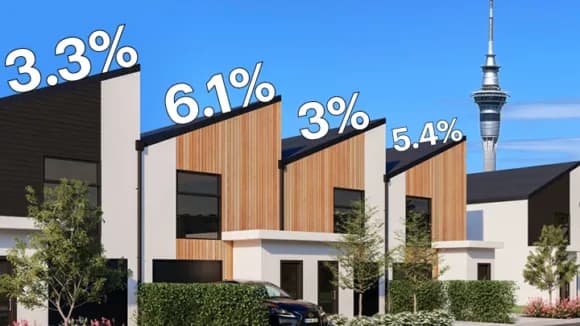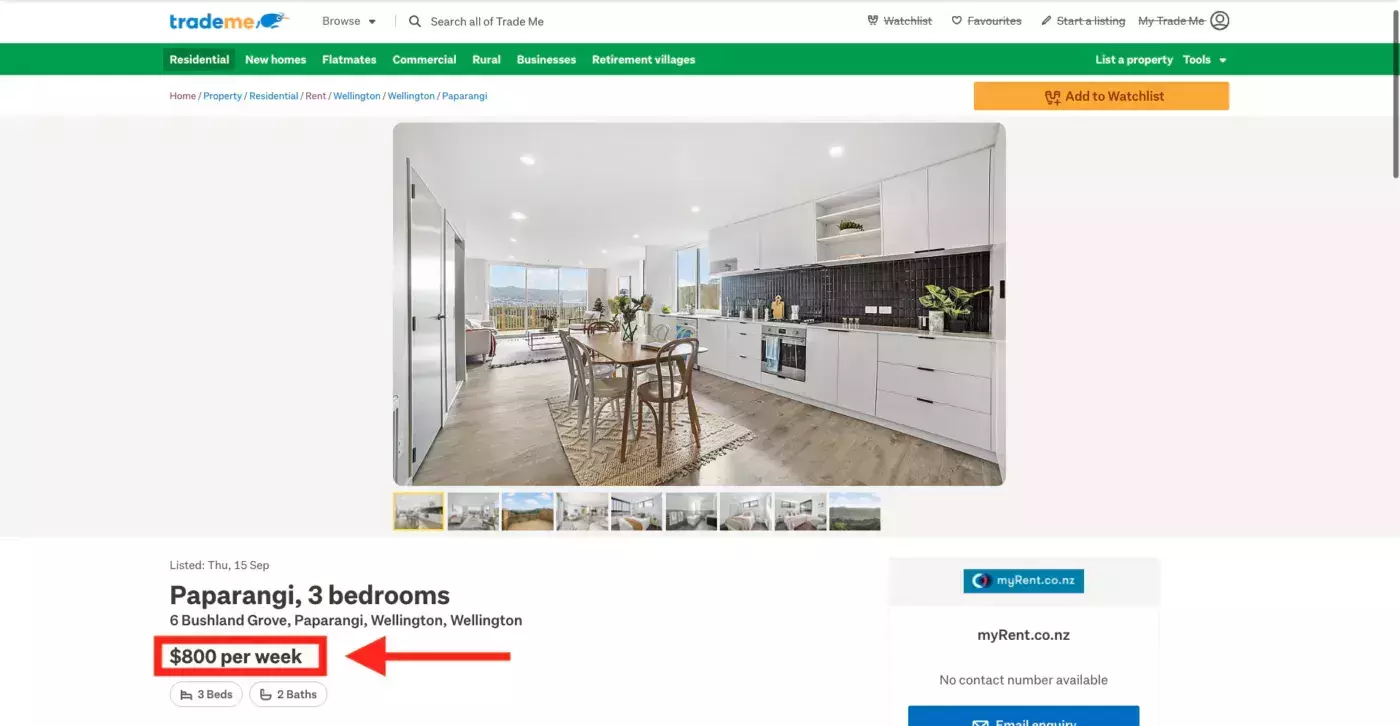
Property Market
Auckland house prices | How is the Auckland property market going?
Gain insights into Auckland's property market with updated statistics on house prices, rental trends, and investment opportunities.
Property Market
5 min read

Author: Ed McKnight
Resident Economist, with a GradDipEcon and over five years at Opes Partners, is a trusted contributor to NZ Property Investor, Informed Investor, Stuff, Business Desk, and OneRoof.
Reviewed by: Laine Moger
Journalist and Property Educator, holds a Bachelor of Communication (Honours) from Massey University.
Investors always ask: “What’s a good yield in today’s market?”
When you see it asked online, most people respond: “Well, it depends.”
It depends on your strategy. It depends on where you buy it. It depends on what you buy.
It’s not a straightforward answer.
But as a property investor, you still want an answer.
Here at Opes Partners we want investors to be as informed as possible. That’s why we searched out the data. That way you can make an informed decision with your investment properties.
In this article you’ll learn what a good rental yield looks like in Auckland.
The median yield investors are willing to accept in Auckland is 3.22%, which is 1.3% lower than the country’s median.
As you can see, Auckland properties have lower yields than properties in the rest of the country.
But some properties fetch a lower yield; 25% of properties rent for 2.63% or below.
On the other hand, 25% of properties have a gross yield of 3.93% or more.
If you get a 4%+ gross yield in Auckland, you should be happy. You’re in the top 25%.
But, of course, it depends on the property type too.
While a gross yield of 4% is good for a growth property, like a townhouse, a 4.5% gross yield for a yield property would be pretty poor.
Here at Opes Partners we aim for a 4-4.6% gross yield for growth properties (houses and townhouses).
We then aim for a 5.5-6.3% gross yield for yield properties (dual-key apartments). These sort of properties earn a higher rental yield but don’t go up in value as fast.
To get these numbers, the team at Opes hired someone to get data from Trade Me and OneRoof.
The Trade Me listings show what properties are renting for. We then match that with OneRoof data to see what those properties are worth.
This shows us the gross yield property investors are actually willing to accept. We then did this for every property on Trade Me.
For instance, here is a property available for rent at the time we did the analysis:

It’s a 3-bed New Build townhouse in Wellington, and it’s available to rent for $800 a week.
Then, we cross-referenced this with OneRoof’s estimated valuation.
And in this instance, this property is estimated to be worth $920,000, giving it a gross yield of 4.52%. Bang on average for the country.
We then use a computer to do this over 7,000 times.
After cleaning up the data, we’ve now got figures no-one else has.
If you follow a lot of property investors on social media, you might think: “Why are these numbers so low? The numbers I see online are higher.”
Some investors calculate their gross yield using the price they paid 10 years ago, not what that property is worth today.
When you calculate the gross yield you should always use the value of the property today. What you spent isn’t relevant, because you could always sell your property and do something else with the money.
This is an important point.
Auckland yields have been steadily declining. In 1993 they were about 6.6%. Today (using another calculation) they are closer to 3.3%.
The reason is that property prices have been increasing more than 7% per year. At the same time, rents have increased at about 4-5% per year.
Since property prices are rising faster than rents, yields have declined.
This is important. Investors need to be cautious when reading older material that mentions specific yields. What was a realistic yield 5 years ago may be unachievable in today's market.
Here at Opes, we aim for 4-4.6% gross yield for a growth property in Auckland.
For a yield property, you’d want to aim for a yield of 5.5% to 6.3% (in Auckland).
This is slightly lower than in some other parts of the country. However, property prices have historically increased faster in Auckland.
For some investors this makes up for the lower rental yields.
This graph is a great initial indicator for what yields other investors are accepting in your district of interest.
But once you get down to looking at a single property you are interested in, you’re going to want a more specific answer to your yield queries.
For a more comprehensive look at the Return On Investment (ROI) of the property you’re looking into, use these free tools:
Use this handy spreadsheet to measure the amount of return on investment versus the cost of that investment.
Head to this page for a more comprehensive dive into the different types of yields (e.g. net and gross), how they are calculated and how this information can best inform you as a property investor.
Resident Economist, with a GradDipEcon and over five years at Opes Partners, is a trusted contributor to NZ Property Investor, Informed Investor, Stuff, Business Desk, and OneRoof.
Ed, our Resident Economist, is equipped with a GradDipEcon, a GradCertStratMgmt, BMus, and over five years of experience as Opes Partners' economist. His expertise in economics has led him to contribute articles to reputable publications like NZ Property Investor, Informed Investor, OneRoof, Stuff, and Business Desk. You might have also seen him share his insights on television programs such as The Project and Breakfast.
This article is for your general information. It’s not financial advice. See here for details about our Financial Advice Provider Disclosure. So Opes isn’t telling you what to do with your own money.
We’ve made every effort to make sure the information is accurate. But we occasionally get the odd fact wrong. Make sure you do your own research or talk to a financial adviser before making any investment decisions.
You might like to use us or another financial adviser